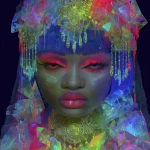Explore the Best AI Image Gallery

Beyond the Lens: How AI is Transforming Product Photography
Product photography has long been a meticulous process, demanding skilled photographers, elaborate setups, and time-consuming post-processing. However, the emergence of artificial intelligence (AI) is revolutionizing this field, ushering in a new era of efficiency, creativity, and accessibility.
AI: A Powerful Tool for Product Photography
AI algorithms are being integrated into various aspects of product photography, streamlining workflows and unlocking creative possibilities. Some key applications include:
- Automated Image Generation: AI can generate high-quality product images from simple text descriptions or 3D models, eliminating the need for physical shoots in certain scenarios.
- Style Transfer and Editing: AI algorithms can analyze existing images and apply different artistic styles or editing effects, allowing photographers to experiment with various aesthetics and personalize their work.
- Background Removal and Enhancement: AI-powered tools can automatically detect and remove backgrounds from product images, creating clean and professional visuals. They can also enhance the clarity and sharpness of product details.
- Image Optimization for Different Platforms: AI can analyze image requirements for various platforms (e.g., e-commerce websites, social media) and automatically optimize images for size, resolution, and format, ensuring optimal display across different devices.
The Impact on the Creative Industry
The integration of AI into product photography is reshaping the creative landscape in several ways:
- Increased Efficiency and Productivity: AI automation streamlines repetitive tasks, allowing photographers to focus on more creative aspects of their work and increase overall productivity.
- Democratization of Photography: AI-powered tools make high-quality product photography accessible to individuals and businesses with limited resources or technical expertise.
- New Creative Possibilities: AI enables photographers to explore innovative styles, effects, and compositions, pushing the boundaries of visual expression in product photography.
Ethical Considerations
While AI offers significant benefits, its crucial to address ethical considerations associated with its use in product photography:
- Bias and Representation: AI algorithms are trained on vast datasets, which may contain biases that reflect societal stereotypes. Its essential to ensure that AI-generated images are diverse and representative of different cultures and demographics.
- Transparency and Explainability: The decision-making processes of AI algorithms can be complex and opaque. Its important to strive for transparency in how AI is used in product photography and provide clear explanations for image generation or editing decisions.
- Job Displacement: The automation capabilities of AI may lead to concerns about job displacement in the photography industry. Its essential to consider the potential impact on workers and explore strategies for retraining and reskilling.
Future Trends
The field of AI-powered product photography is constantly evolving, with exciting trends emerging:
- Personalized Product Visuals: AI will enable the creation of highly personalized product images tailored to individual customer preferences and demographics.
- Interactive and Immersive Experiences: AI-powered product photography can integrate augmented reality (AR) features, allowing customers to interact with virtual product models and visualize them in their own environments.
- Sustainability and Ethical Sourcing: AI can be used to track the ethical sourcing of materials and products, ensuring transparency and responsible practices throughout the supply chain.
Conclusion
AI is transforming product photography, offering a powerful toolkit for photographers, businesses, and consumers. By embracing its potential while addressing ethical considerations, we can unlock new levels of creativity, efficiency, and personalization in this dynamic field.
](https://images.ai-img.art/thumbnails/150/1202074d0d60b08b64d0f91f36468608aaac200a02b721cc8e6d8ec8a908432c.webp)

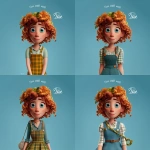
](https://images.ai-img.art/thumbnails/150/60973df1d727dbbf8e6922b7e4836814ab6012106eb9dcfe99aea7aec15f3710.webp)

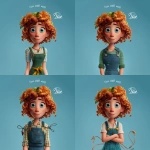





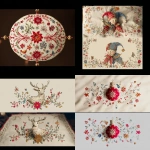

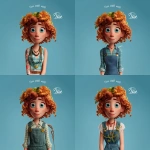






](https://images.ai-img.art/thumbnails/150/e6a179db327f0374ec327d0fdab48ac1f2dc47123eed103b0a41ed346280d07d.webp)
](https://images.ai-img.art/thumbnails/150/6c909fd6d38caac6572b592dd97831deb7d6562bba142798574677582676dfc1.webp)




](https://images.ai-img.art/thumbnails/150/26c16e4f635deee86633de398088ca98d9bb748d6e7601436b07e882fab236cb.webp)










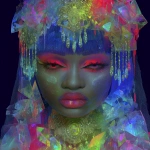


](https://images.ai-img.art/thumbnails/150/655229c40961cb7ff5abd4b4190e02c94ea1a961106e7547a562649c945268be.webp)

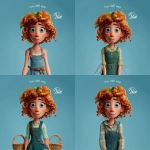
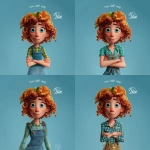




](https://images.ai-img.art/thumbnails/150/184b4b030e30be0a6d51b544226cb4cf2271977814d935d3aaa2b7529355b3b7.webp)
